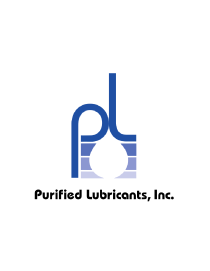“In the course of improving our lubrication management, we discovered that lube oil leaks were being recorded frequently. When combined with higher lubricant consumption, this has led to increased costs and has had an impact on the environment. What can be done to improve our processes and reduce oil consumption and the environmental hazards?”





